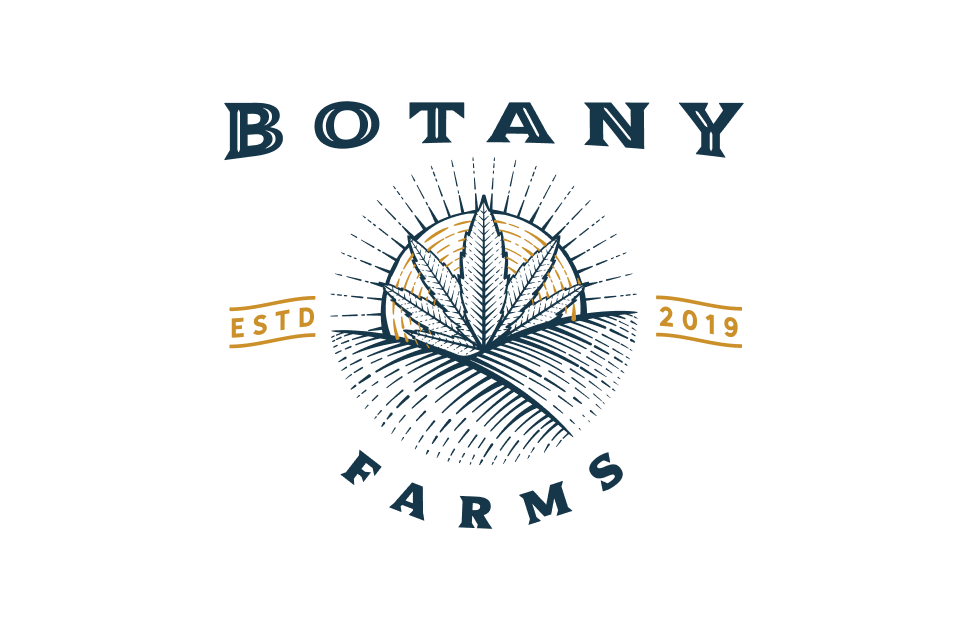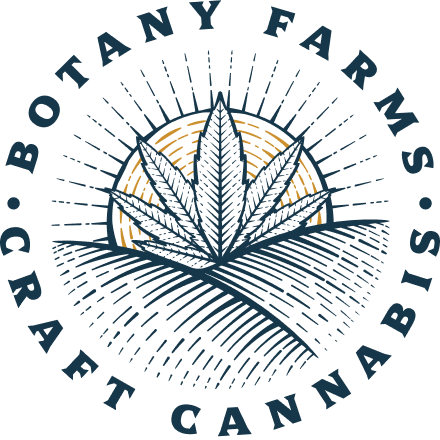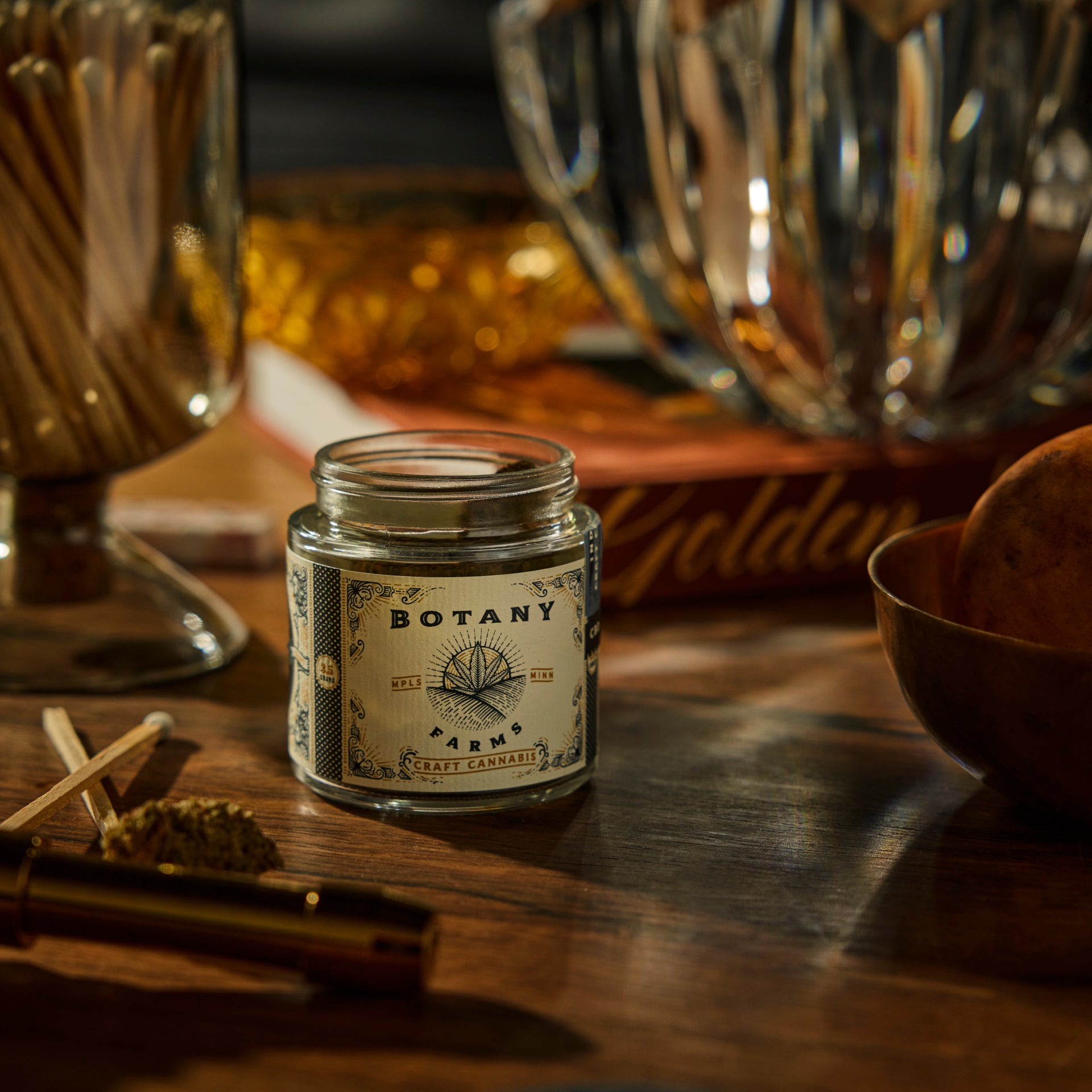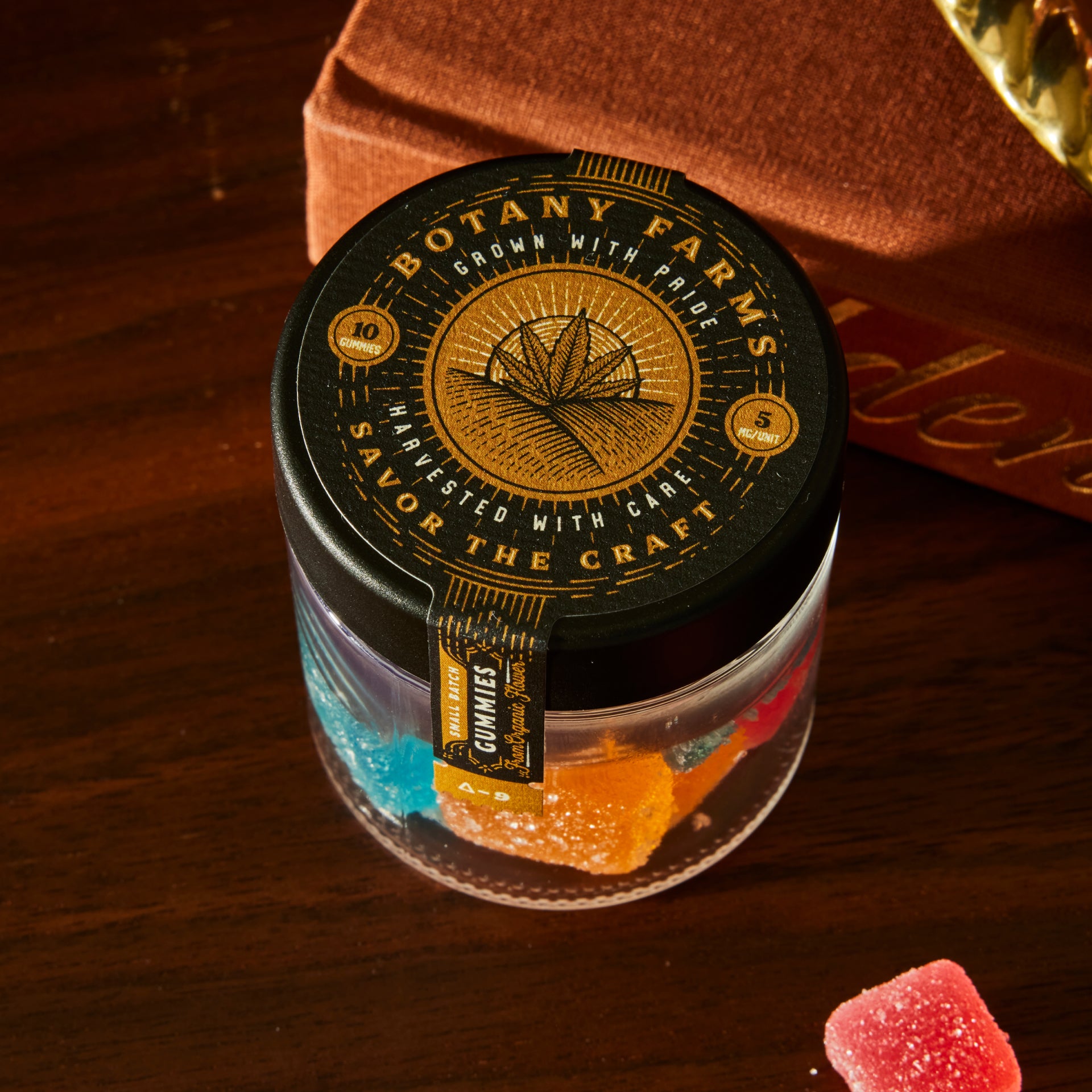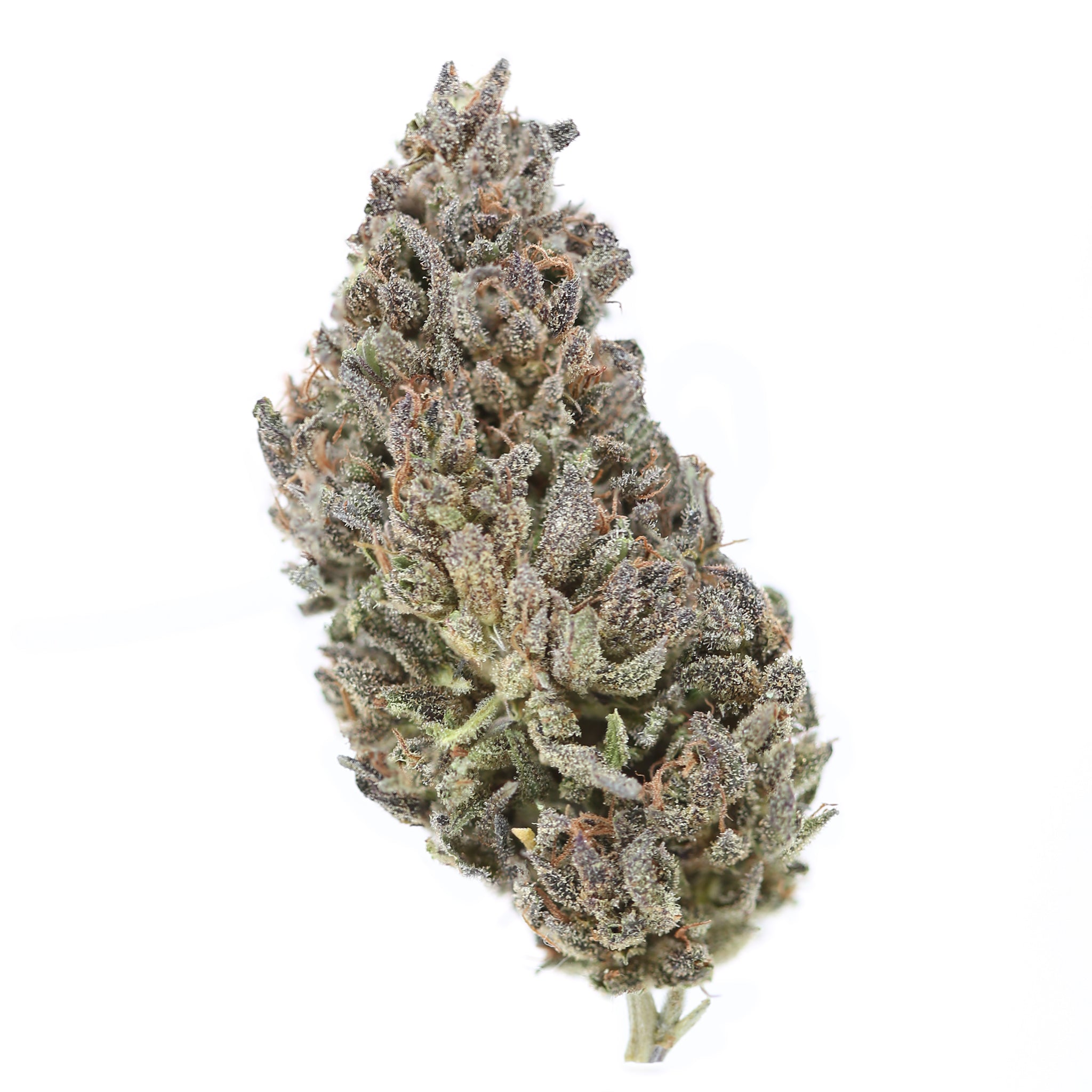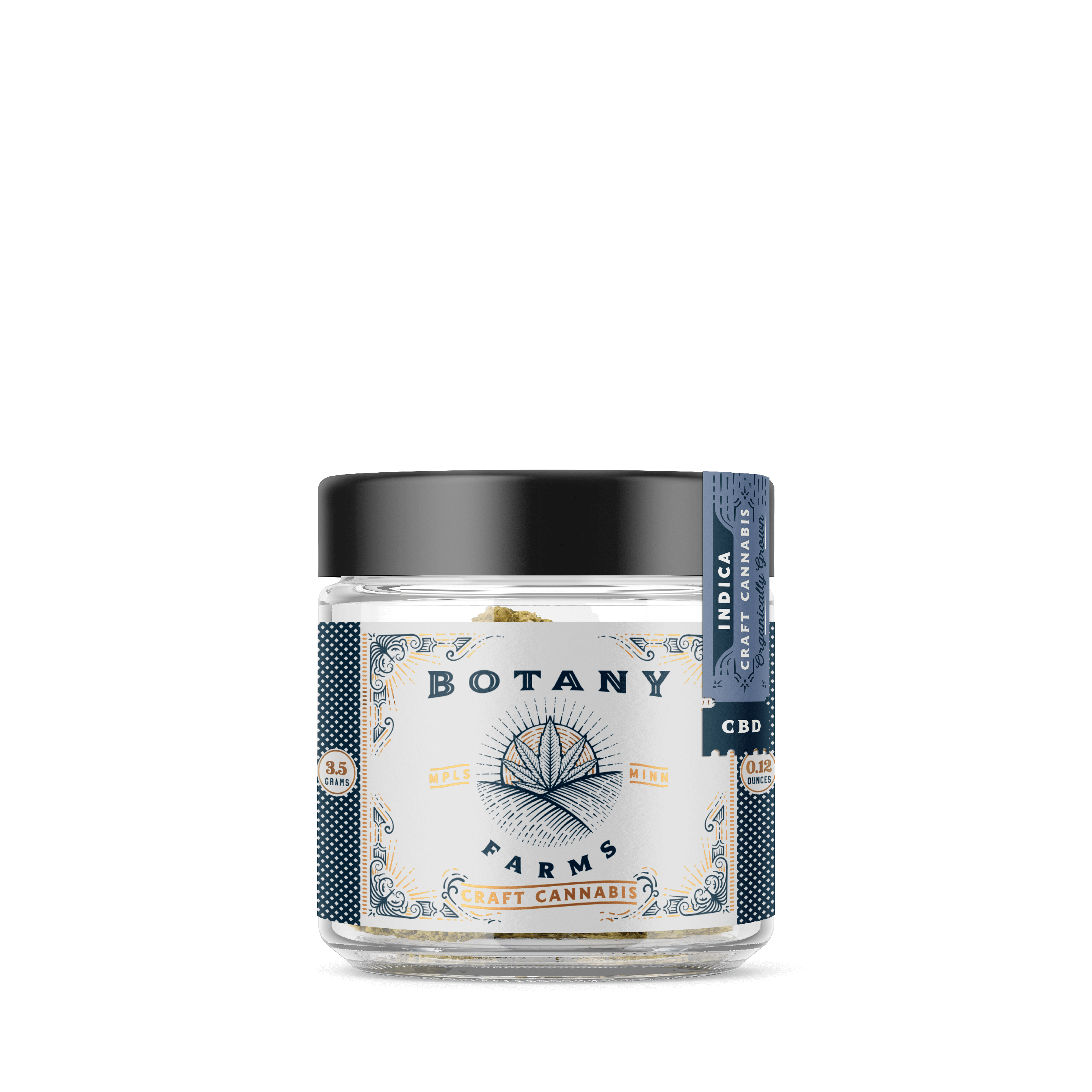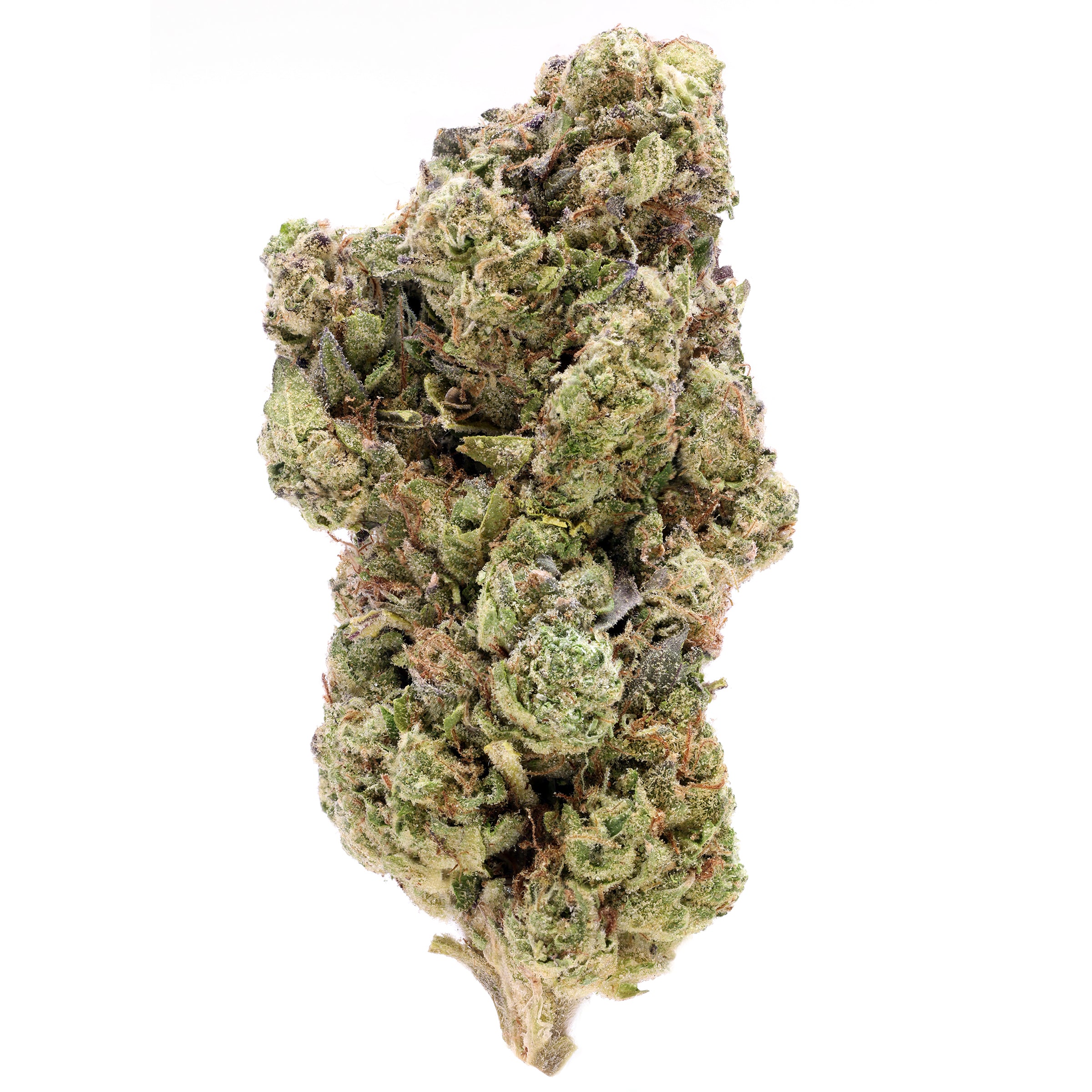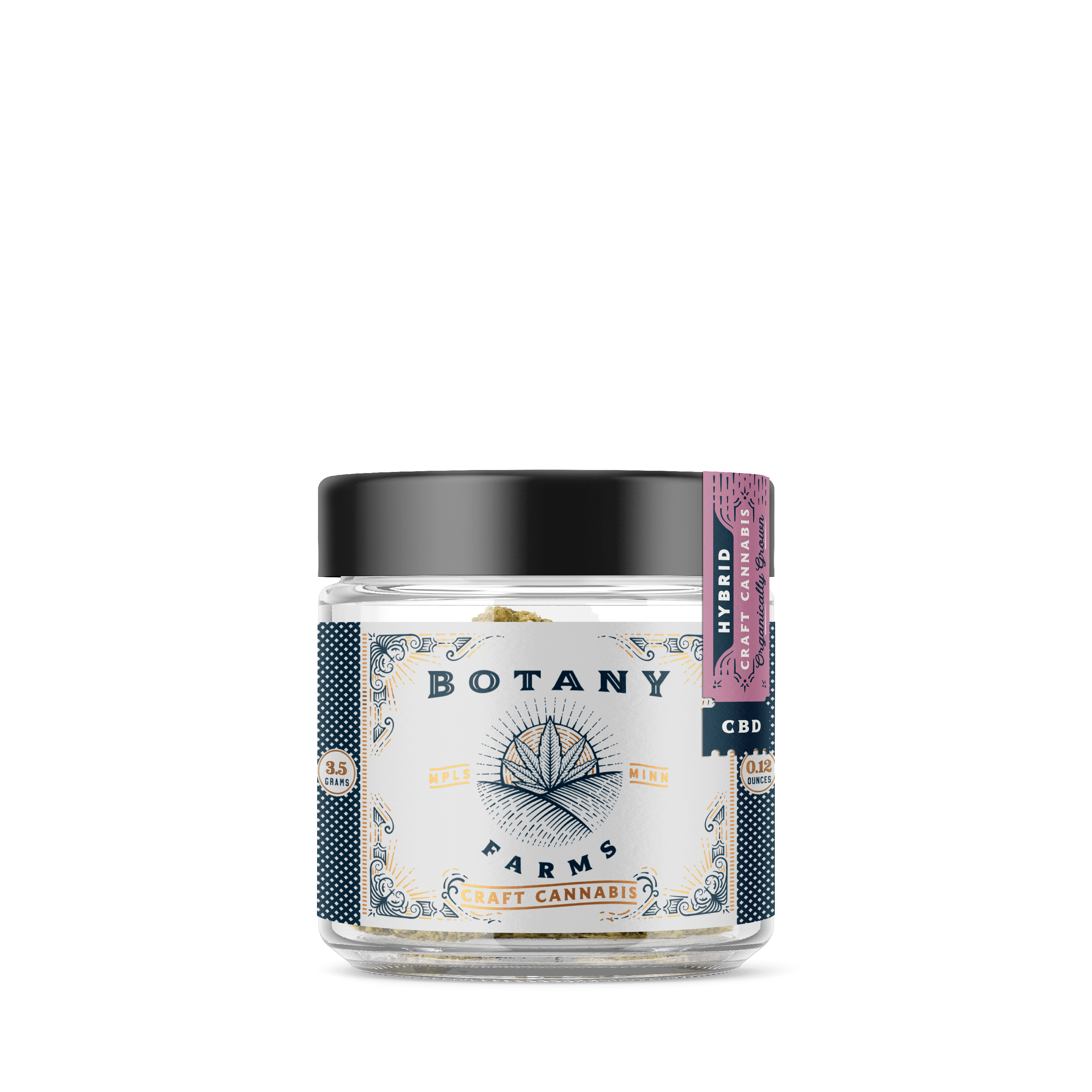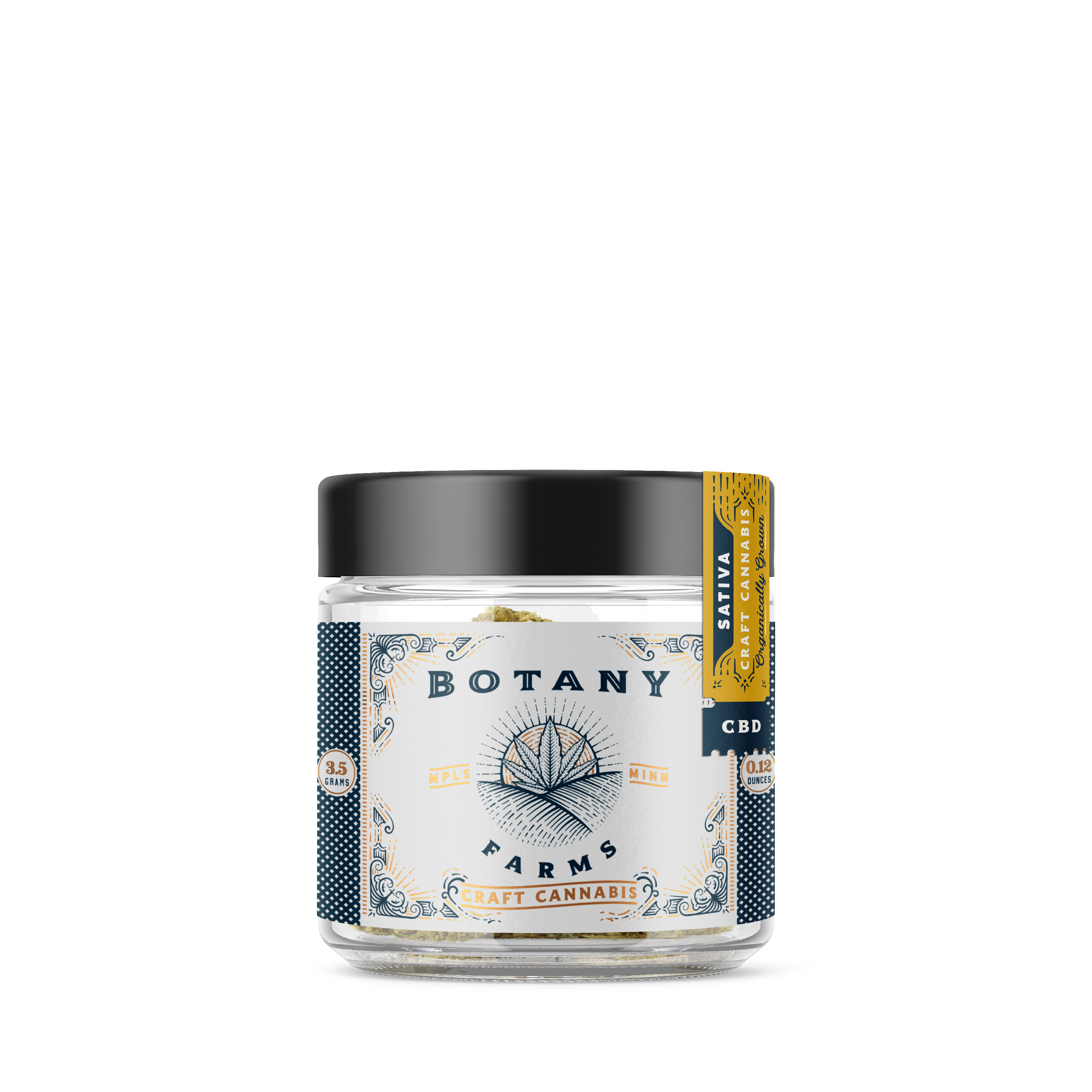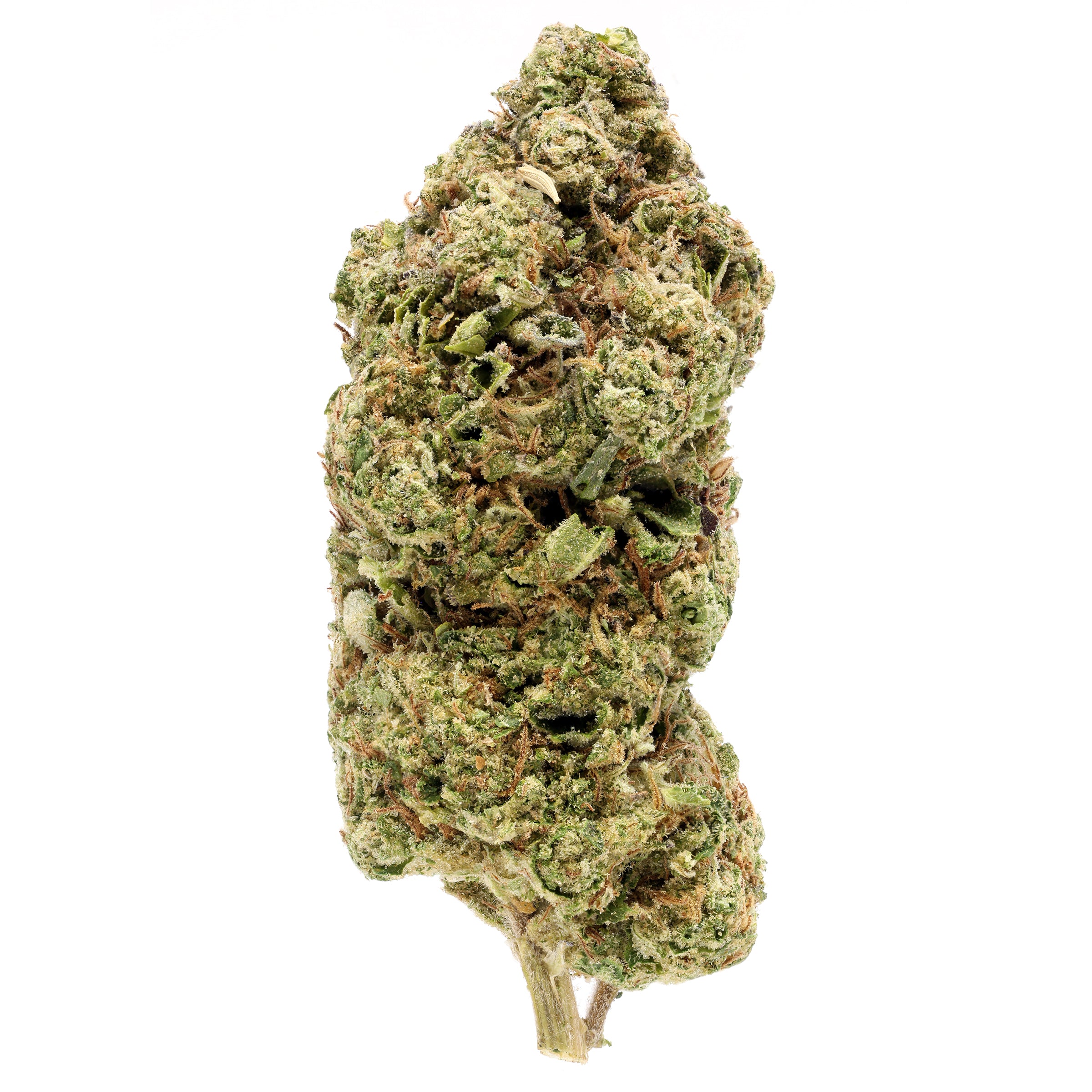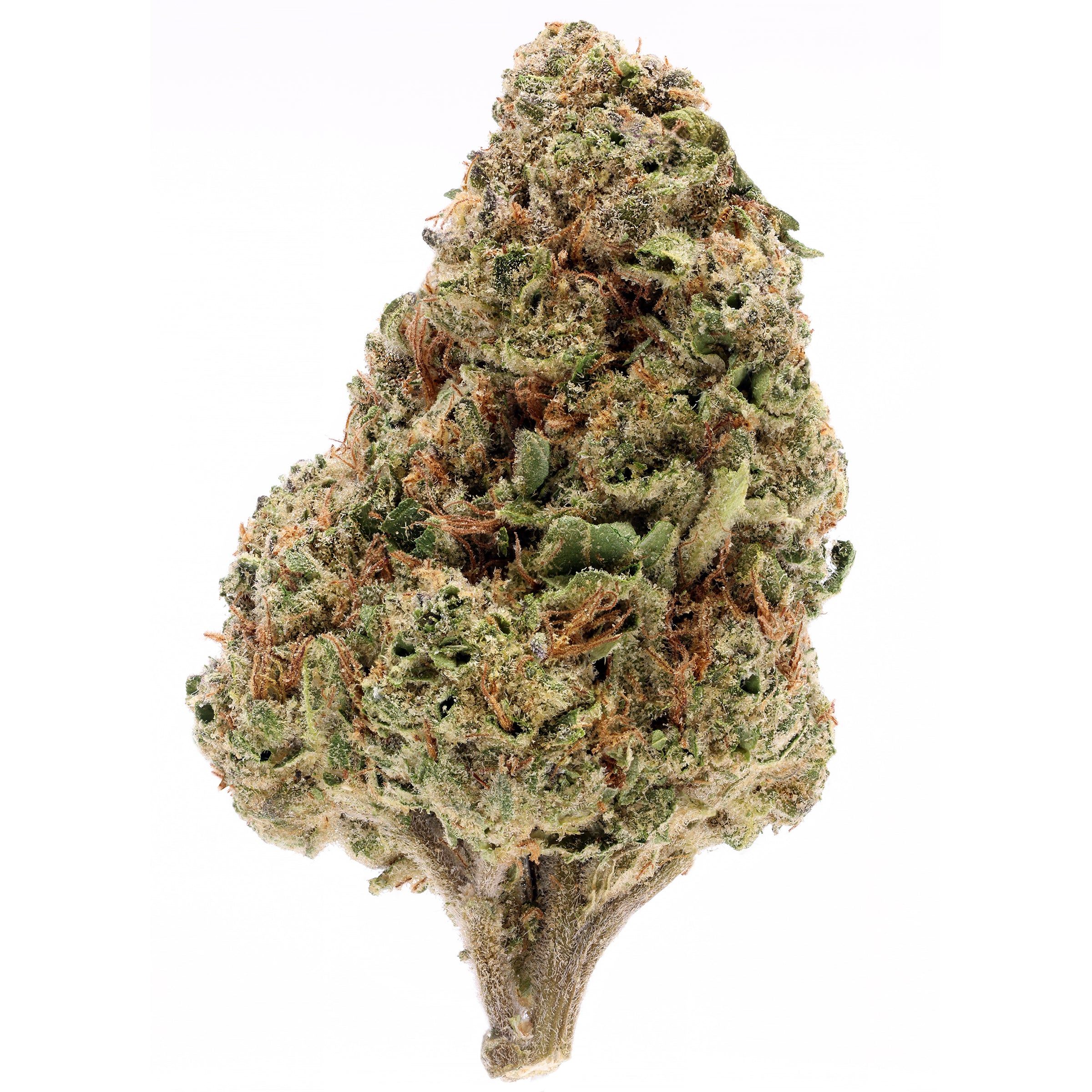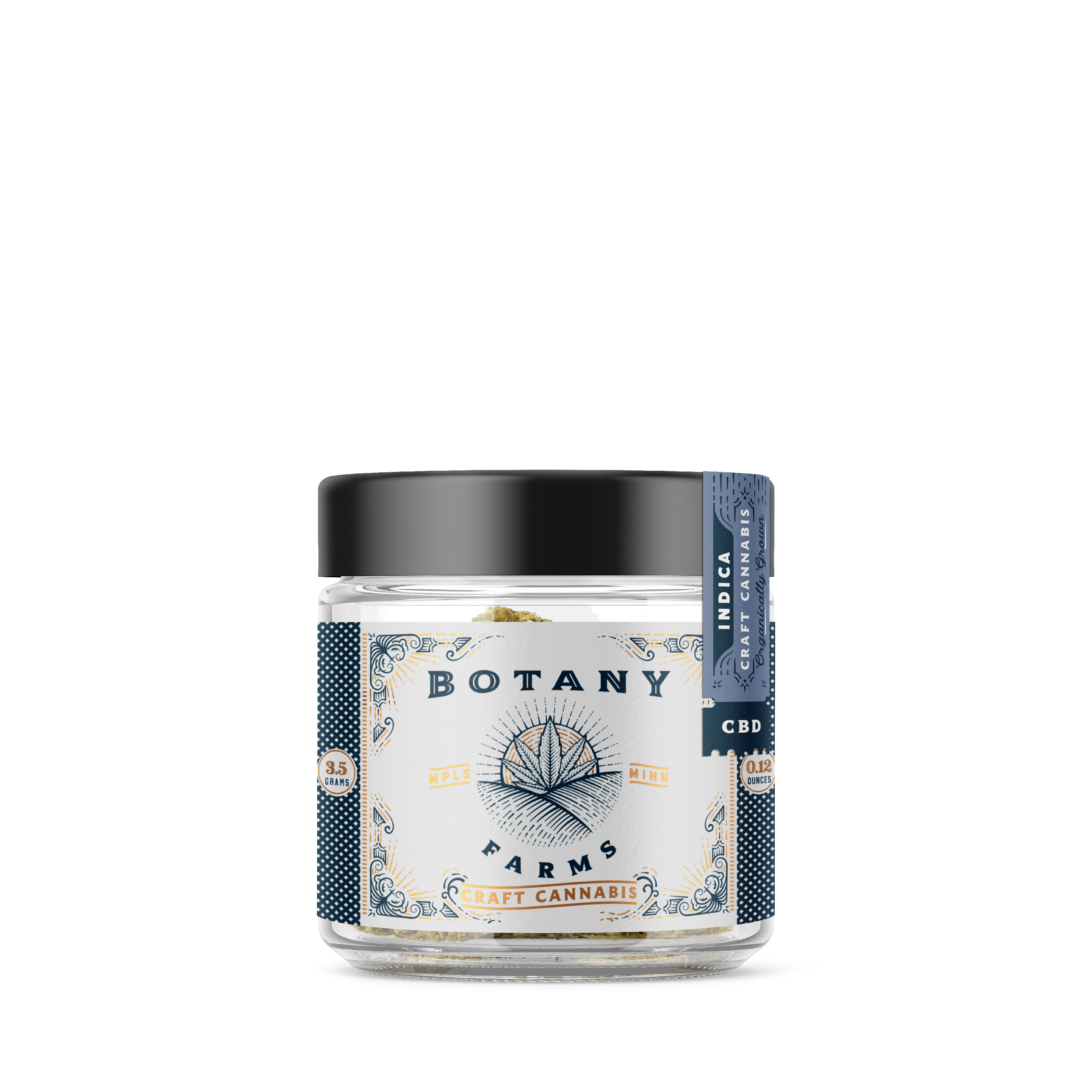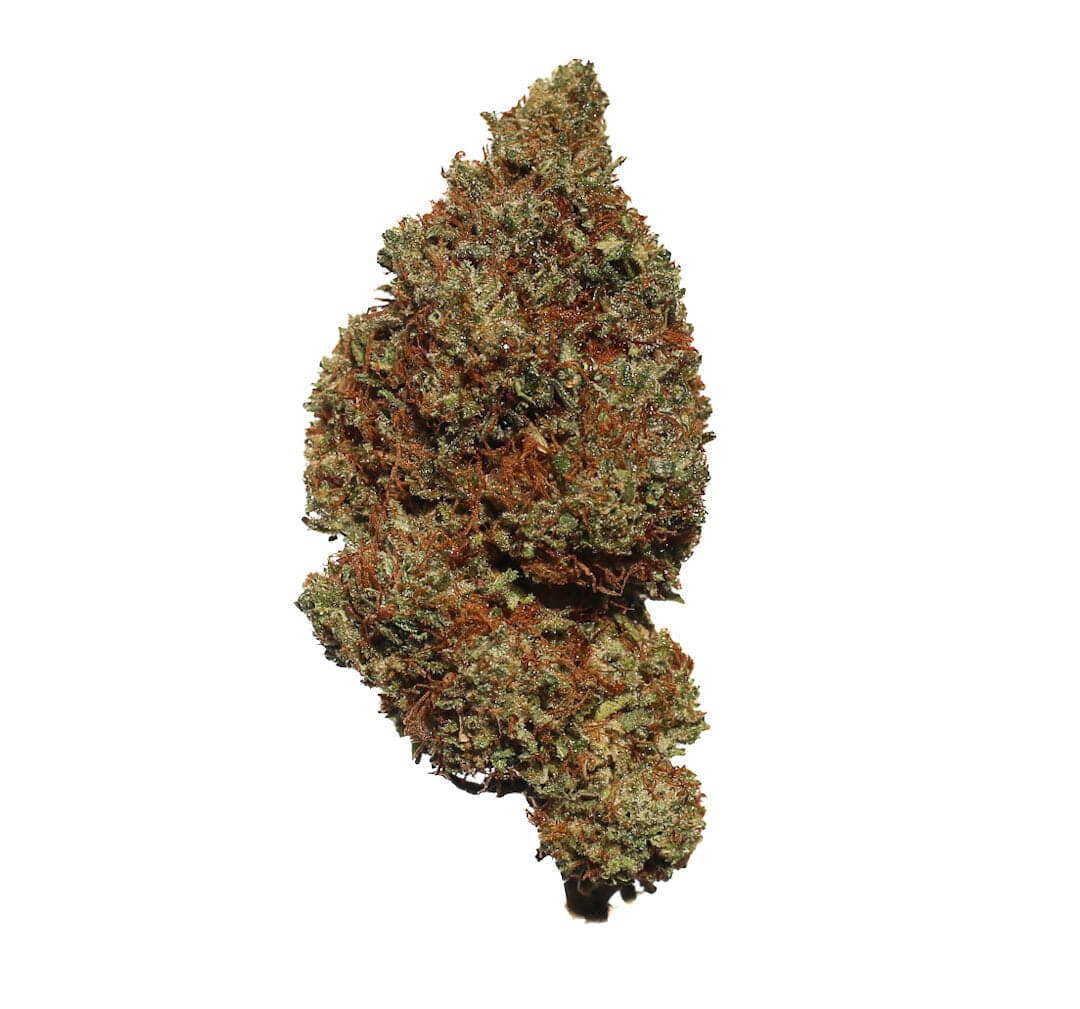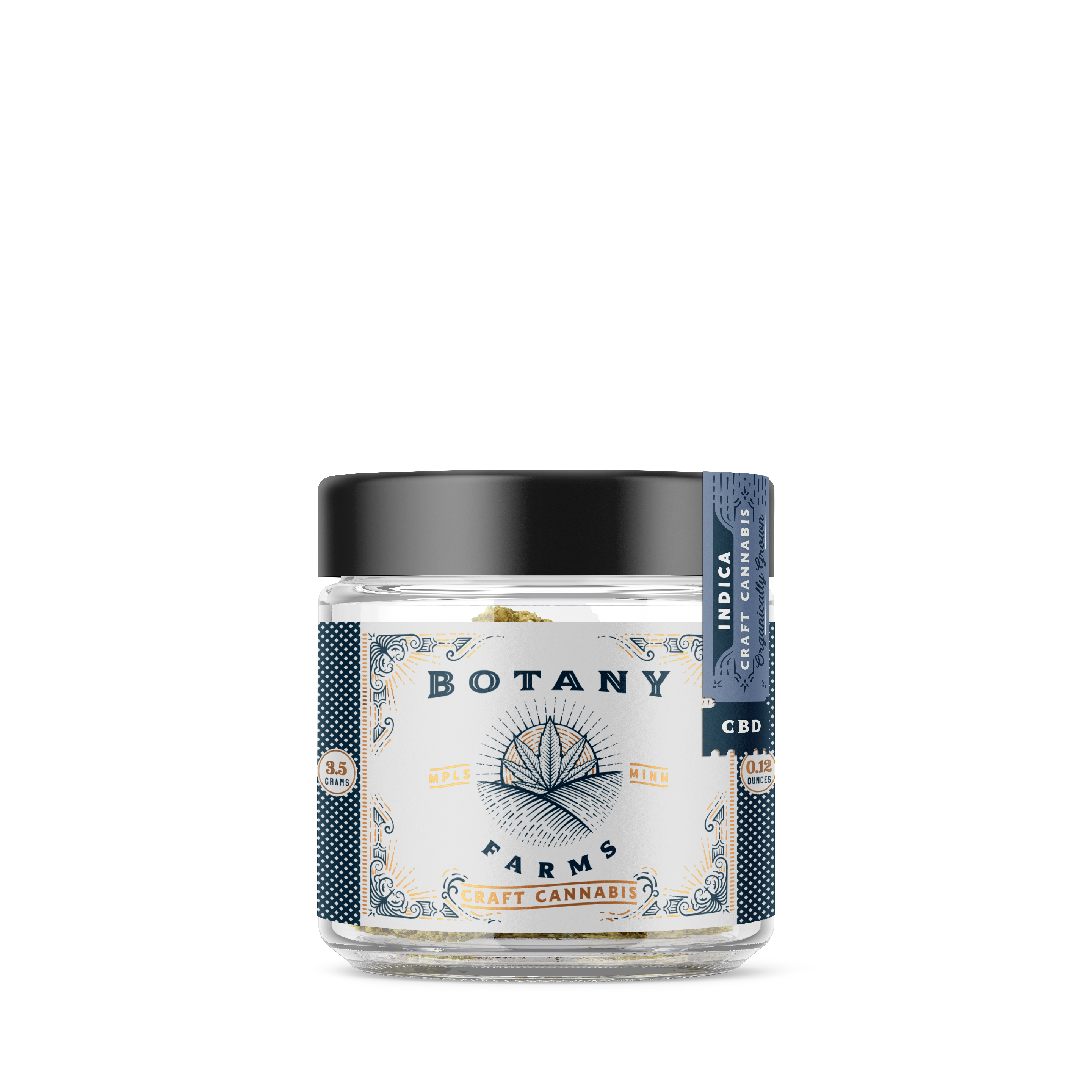There’s a whole microscopic world in cannabis, full of chemical structures and compounds that interact with nature, and humans, in very interesting ways. Flavonoids, much like terpenes but with some differences, contribute to the plant’s aroma and flavor profile and have their own therapeutic effects.
In this article, we will take a look at what flavonoids have to offer, their effects, and their benefits. Most importantly, we’ll be looking into Quercetin, a potent anti-inflammatory and immune-boosting flavonoid.
Thanks for stopping by! Why not give something from our farm a try?
What Are Flavonoids
Flavonoids are a group of naturally occurring chemical substances found in fruits, vegetables, roots, flowers, and grains. Plants produce flavonoids because they are essential for numerous plant functions, like reproduction and ultraviolet filtration.
Flavonoids are found in various foods, including fruits, vegetables, chocolate, and beverages such as wine and tea. The possible health benefits of flavonoids found in fruit and vegetable-rich diets have piqued people's interest, which is why we have started to talk about compounds like
kaempferol.
Benefits of Flavonoids
Flavonoids are responsible for many different effects and benefits that we can take advantage of. If we eat fruits and salad, drink some red wine from time to time, and smoke or eat some herb, we can tune in on those mighty compounds.
These substances are known for their effects and beneficial properties on health. In essence, they’re indispensable components in the pharma and medicinal industries. There are more than 5000 identified flavonoids; some can treat viral infections, others can boost systems or assist the body with inflammation, diseases, and cancer.
Flavonoids are essential to the plant’s flavor and scent, just like
terpenes. Plants produce these substances in different parts of the plant. For example, fisetin, a flavonoid produced by mango, is present in the twigs.
There are many other flavonoids like myricetin, kaempferol, and quercetin. These, along with fisetin, are some of the most studied and known. Fisetin, for example, may improve skin health and assist with symptoms of depression and anxiety.
Kaempferol, for instance, is known to be of assistance in reducing the risk of chronic diseases, especially cancer. This flavonoid can increase the defense against free radicals and reduce inflammation.
These substances have been proving their worth with many other attributes and benefits. Some say that preventive medicine is the correct form of medicine, and plants have been there all along.
Flavonoids and Cannabis
Cannabis plants also produce flavonoids and terpenes. Both of these substances are produced in the trichomes, along with cannabinoids. In that regard, cannabis has a long way ahead of other plants because of the way it naturally reigns with its beautiful, dense nugs full of rich and beneficial substances.
Cannabinoids, flavonoids, and terpenes all interact to create different physiological effects. Flavonoids, which interact with our endocannabinoid system, can be used for various diseases at various concentrations and dosages.
Whenever people talk about the entourage effect, they may tend to forget a bit about the importance of flavonoids. It’s not just about
terpenes and cannabinoids, you know!
Flavonoids Present in Cannabis
Flavonoids impact the pigmentation of cannabis in the same way that they affect the pigmentation of other flowers. The flavonoids known as anthoxanthins or anthocyanins are responsible for the deep purple coloring of some cannabis strains. For instance, depending on pH levels, anthocyanin can generate red, purple, or even blue color in other plants, such as berries.
Thousands of flavonoids have been discovered in nature, ranging from flowers to fruits and vegetables. Cannflavins, on the other hand, are a type of flavonoids found solely in cannabis.
Sadly there isn’t enough study on these cannflavins. Some of the recorded ones, cannflavin A and B, were identified in the 80s, and more recently, cannflavin C was identified in 2008. Other flavonoids identified and present in cannabis are kaempferol, orientin, sylmarin, and quercetin.
Although quercetin isn’t a cannaflavin, as it is present in fruits like grapes, blueberries, and dark cherries, it is one of the most common flavonoids found in cannabis. Let’s learn a bit more about it.
What is Quercetin
Quercetin is a delight that naturally occurs in fruits like apples and some dark berries, vegetables like onions, chocolate, and cannabis. This flavanol flavonoid is a free radical-fighting powerhouse that has anti-inflammatory, antioxidant, and immune-boosting properties.
Studies have found that balanced consumption of this substance can be of assistance to reduce upper respiratory tract infections. The Front Line COVID-19 Critical Care Alliance group included 250 mg a day of quercetin into their
COVID-19 prevention and treatment protocol.
Maybe that’s why so many smokers seem to believe they’re immune! Either way, it’s best to be vaccinated, but a little help can’t do any harm. Let’s take a look at the key properties we can be sure will be boosted with some help from quercetin.
Anti-Inflammatory and Immune Function Boosting Through Antioxidation
Free radicals are unstable chemicals in the body that can harm cells, cause disease and accelerate the body’s aging process. Sugar and alcohol, which produce free radicals, can be found in our food.
These substances can cause inflammation as well and are generally pesky things that need to be rid of. Free radicals are also present in the air we breathe and our medications.
On the other hand, antioxidants aid in the detection and neutralization of disease-causing free radicals. As a polyphenol flavonoid antioxidant, quercetin can help you maintain a healthy lifestyle: its structure allows it to contribute an electron or a hydrogen atom to neutralize free radicals.
This is what "antioxidant" activity is all about, and it's why polyphenols like quercetin are so popular as dietary supplements. A balanced consumption of quercetin, which some reports claim to be 1000 mg a day, can benefit your body.
Quercetin and Cannabis
The bitter-tasting and mind-motivating flavonoid known as quercetin is present in cannabis, and we can surely notice when a strain tends to elevate our focus and mindset. This antiviral, anti-inflammatory, antifungal, and antioxidant substance is one of the reasons we smoke weed.
This substance, along with the other flavonoids and cannflavins present in cannabis, is why the entourage effect is complete. Cannabinoids, terpenes, and flavonoids act in synchronicity to produce the effects cannabis has to offer.
All those claims and reports of cannabis being able to assist in the treatment and relief of many pains, diseases, and sorrows make complete sense. Plants produce a myriad of substances that are vital for our wellbeing, and cannabis has many of them, and they interact with our system like clockwork.
